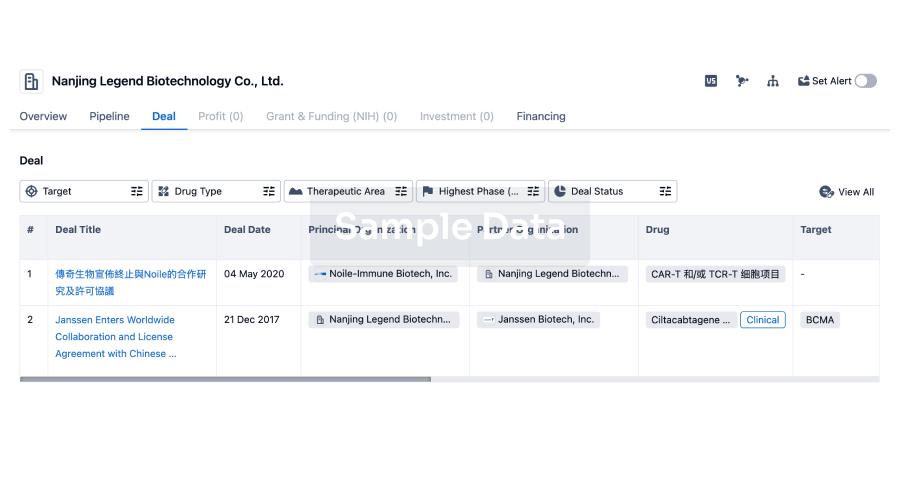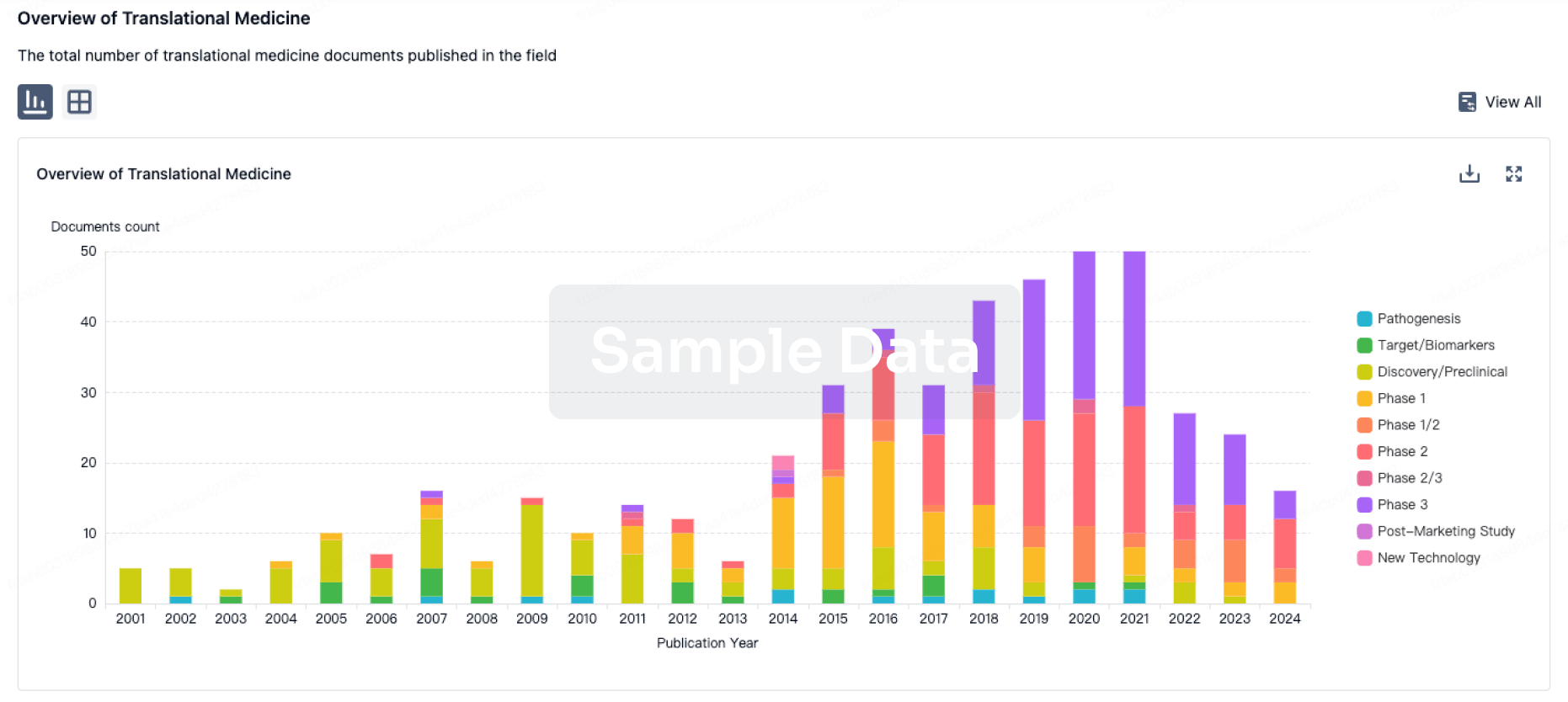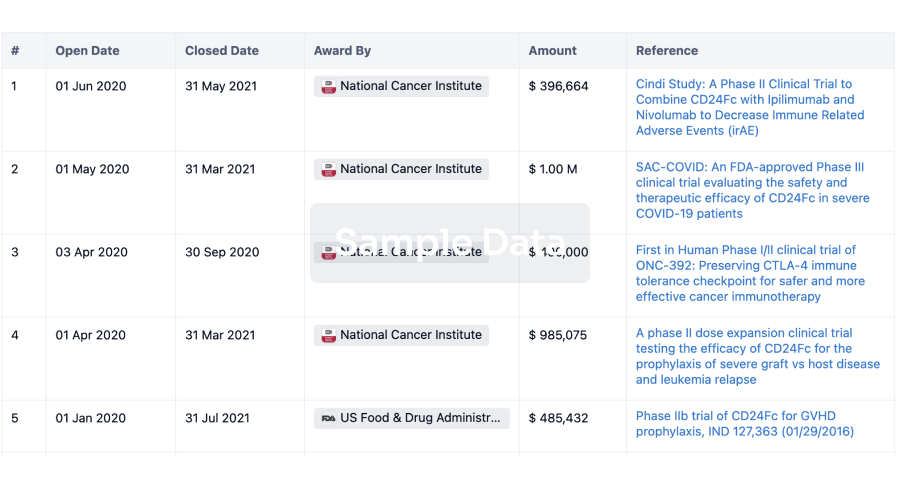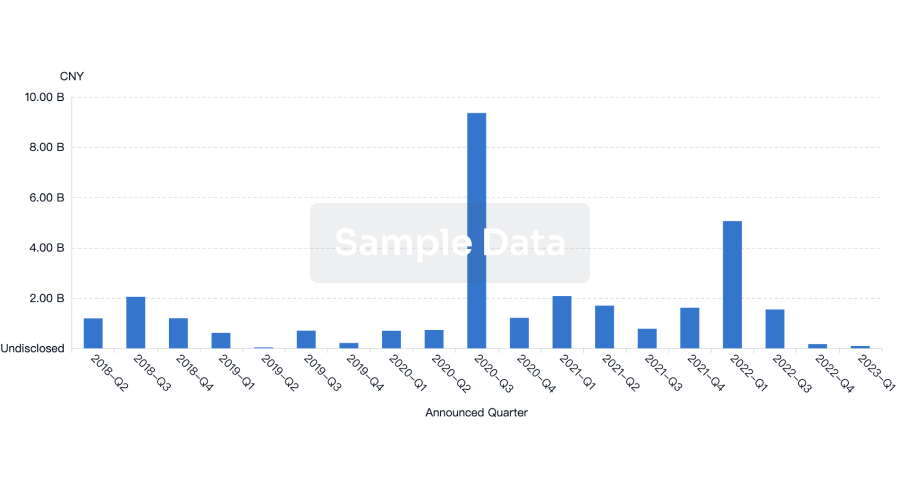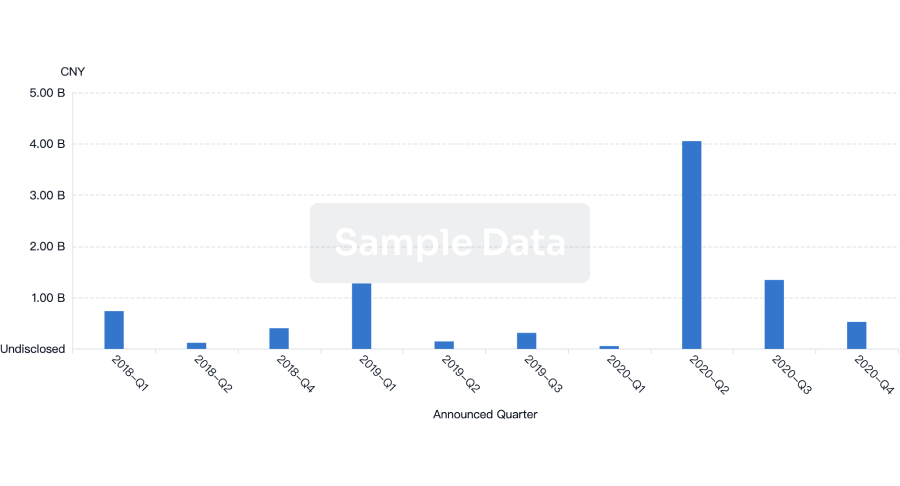The field of flexible robot control has received increasing attention in recent years. Space based robotic systems, such as the Shuttle Remote Manipulator System (SUMS), are prominent drivers of this research; up to 30% of SUMS mission time is estimated to be spent waiting for the arm to settle out. Numerous linear and nonlinear control algorithms have been investigated to reduce the impact of arm flexibility. However, a comprehensive comparison of these methods has not been performed. This paper reports on a preliminary comparison which was made between several algorithms. The algorithms were chosen to be representative of several classes of controllers. The comparison, performed on a simulation of the SUMS, was unique in including metrics for implementation cost as well as performance. The comparison demonstrated that there may be decreasing performance returns for increasing controller complexity, while cost can increase greatly. For the specific controllers evaluated, the performance of the best controller was 10-20% better than the next best, depending on the task. However, the cost would be roughly 2 to 3 times greater. The results dramatize the value of such a comparison for selecting a particular algorithm for the SRMS or other robotic arm. 'Graduate Research Assistant. Space Engineering Research Center, Massachusetts Institute of Technology, Rm. 37-367, Cambridge, MA 02139 ^Principal Research Scientist. Massachusetts Institute of Technology, Rm. 37-371 * Senior Staff Engineer. Lockheed Martin Astronautics Group, P.O. Box 179, Mail Stop H8371, Denver CO 80201 ' Research Associate. Massachusetts Institute of Technology, Rm. 37-385 'Professor. Massachusetts Institute of Technology, Rm. 3-461C Copyright ©1996 by the American Institute of Aeronautics and Astronautics, Inc. All rights reserved. Introduction Space-based robotic arms are a versatile element of a manned space program. They act as "force multipliers" to allow completion of many tasks more rapidly, cheaply, and safely, by reducing or eliminating time spent in EVA. They also enable many tasks which are beyond the capabilities of an unassisted human. Among the tasks which benefit are space construction, inspection and repair, experiment manipulation, satellite capture, station-keeping, and release, and EVA during which the astronaut is supported by the SRMS. The Need for Flexible Robotic Control The operational requirements of such manipulators include low mass, long reach, and high motor gearing to move large payload masses. Such design constraints necessarily result in a structurally flexible manipulator, generally with frequencies within the bandwidth of the human operator. These dynamics lengthen the time required for any given task, and thus reduce astronaut effectiveness and adversely affect safety. A study by Newsom et al. estimates that 30% of the operational time of the arm is spent waiting for the arm vibrations to settle out*. However, the design of high-performance controllers which can account for arm dynamics is complicated by many factors, including geometric nonlinearity, large changes in payload mass (up to two orders of magnitude), and strict requirements on safety (thus stability). The solution has been to implement low performance, high stability margin controllers. The first, and currently the only, operational space-based manipulator, the Shuttle Remote Manipulator System (SRMS), uses independent joint-rate feedback. However, much work has been done in the years since the SRMS came on-line. Theoretical research into nonlinear and flexible structure control has pointed the way to implementable high-performance control of flexible arms. Numerous experimental demonstrations have shown that these tech-

